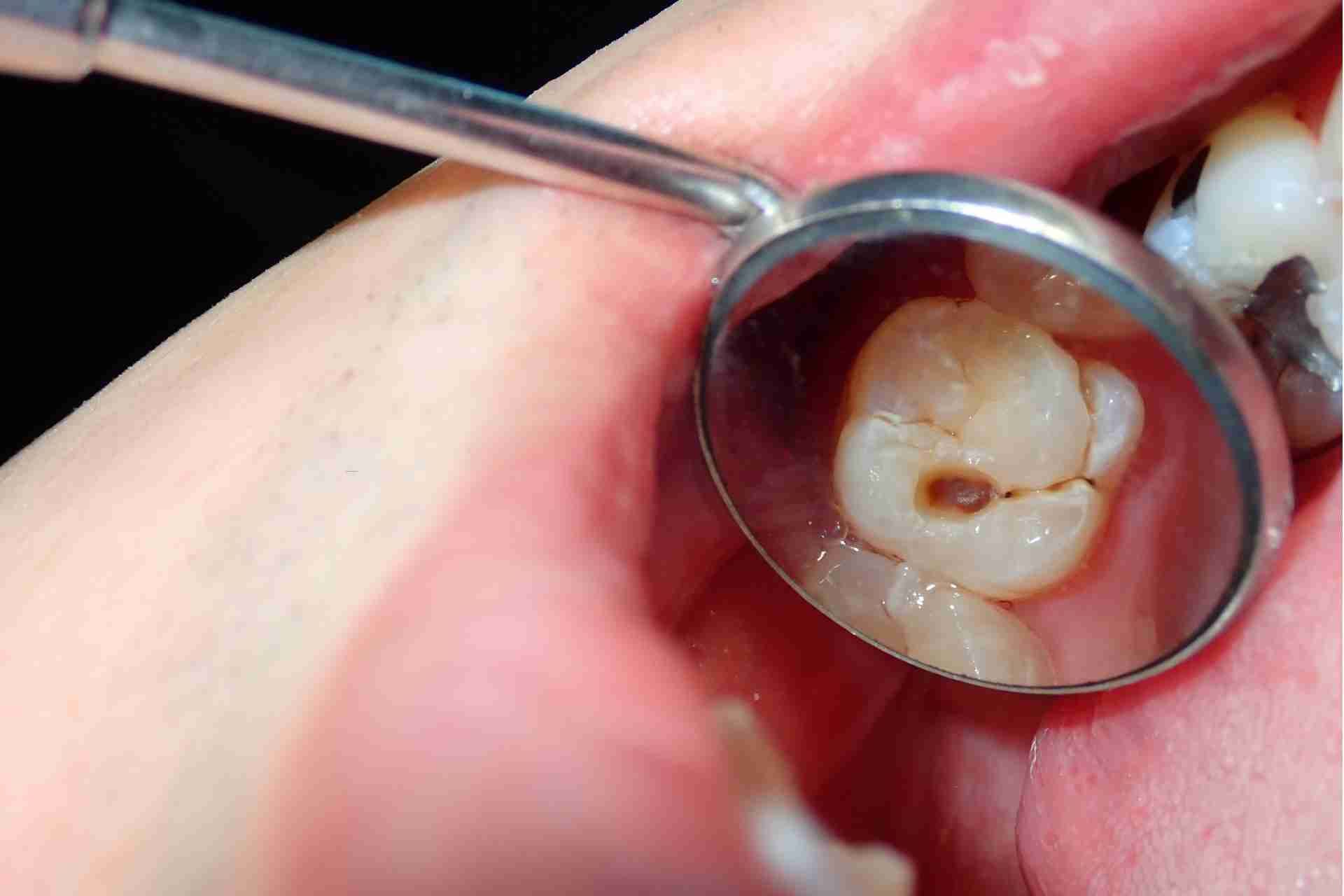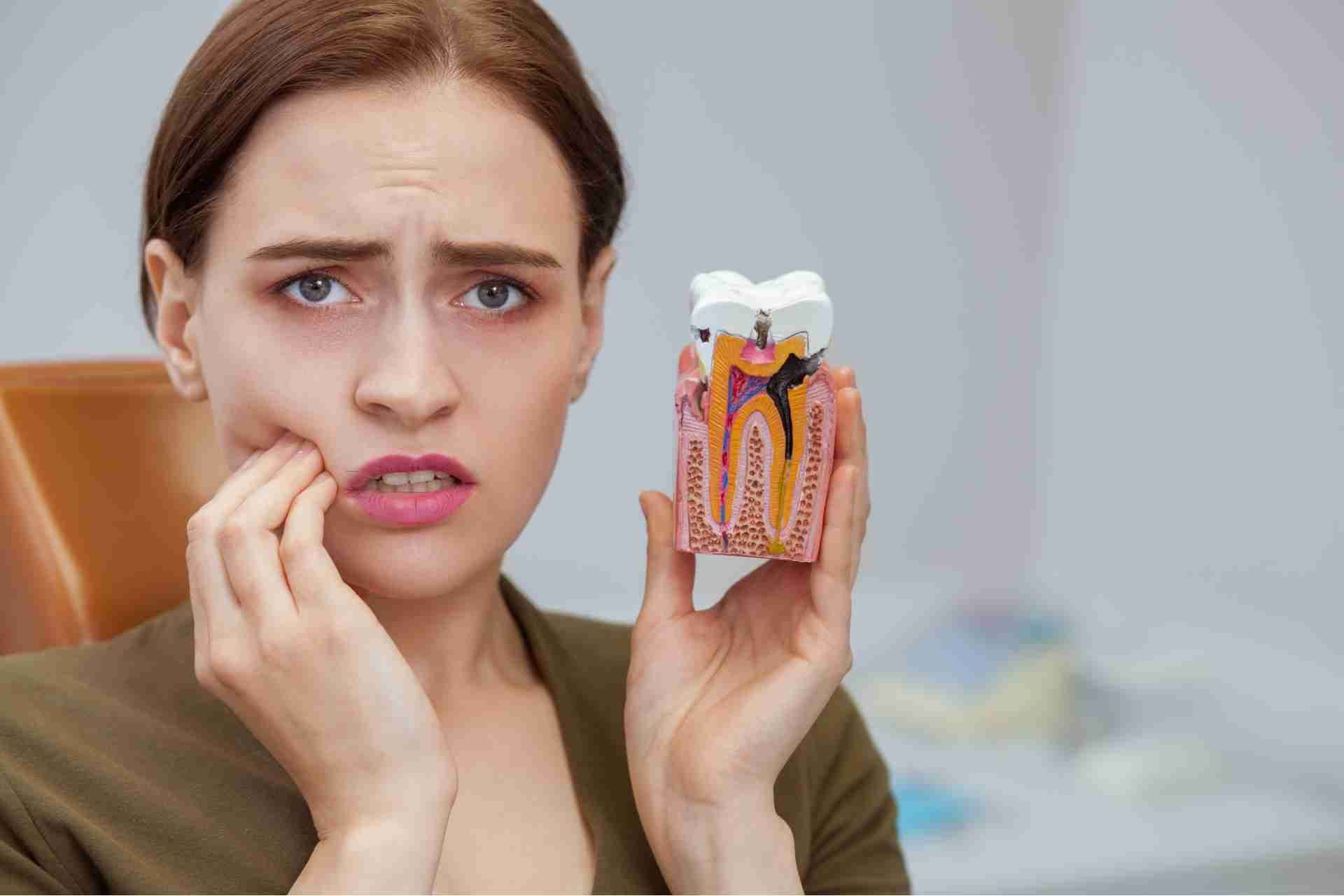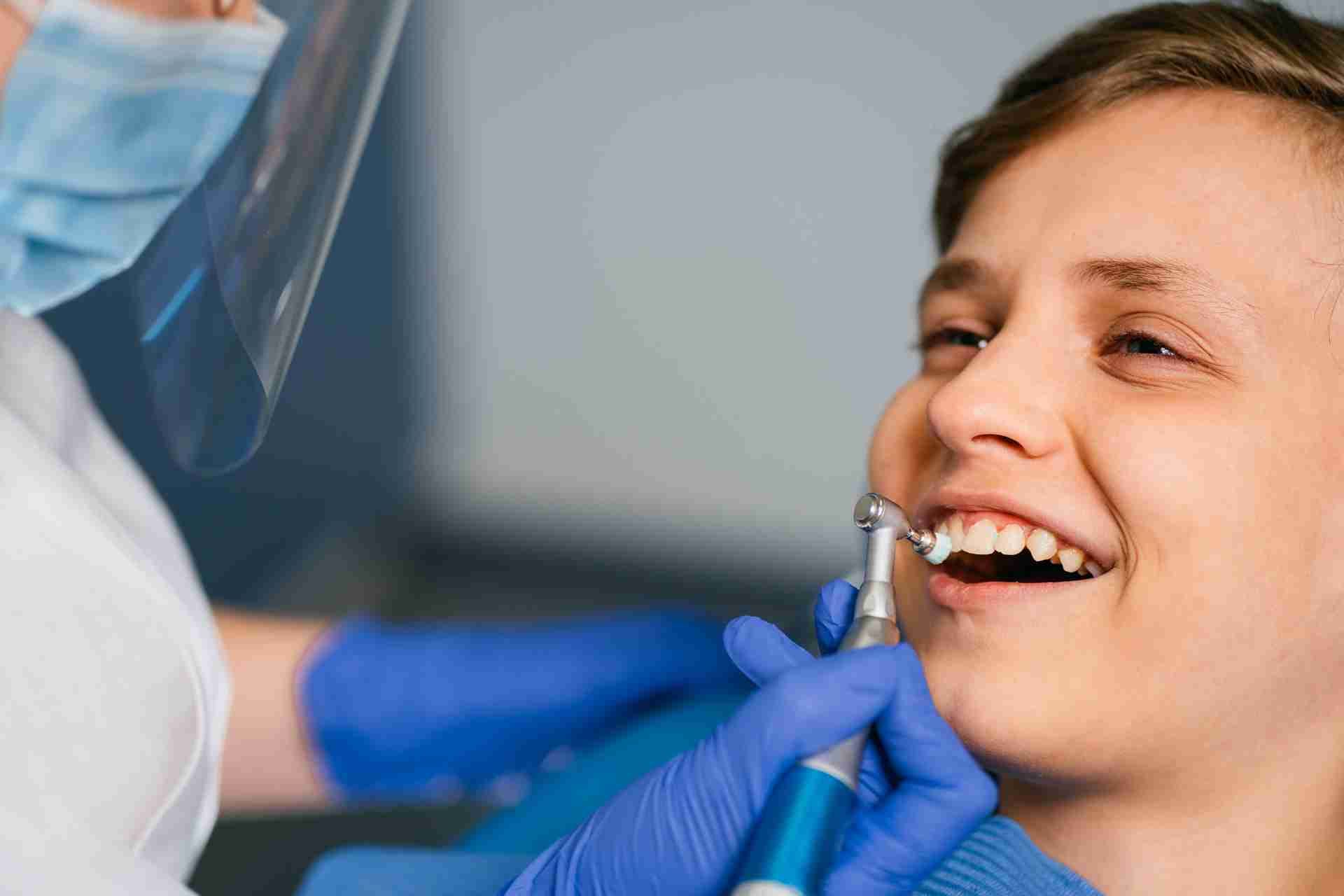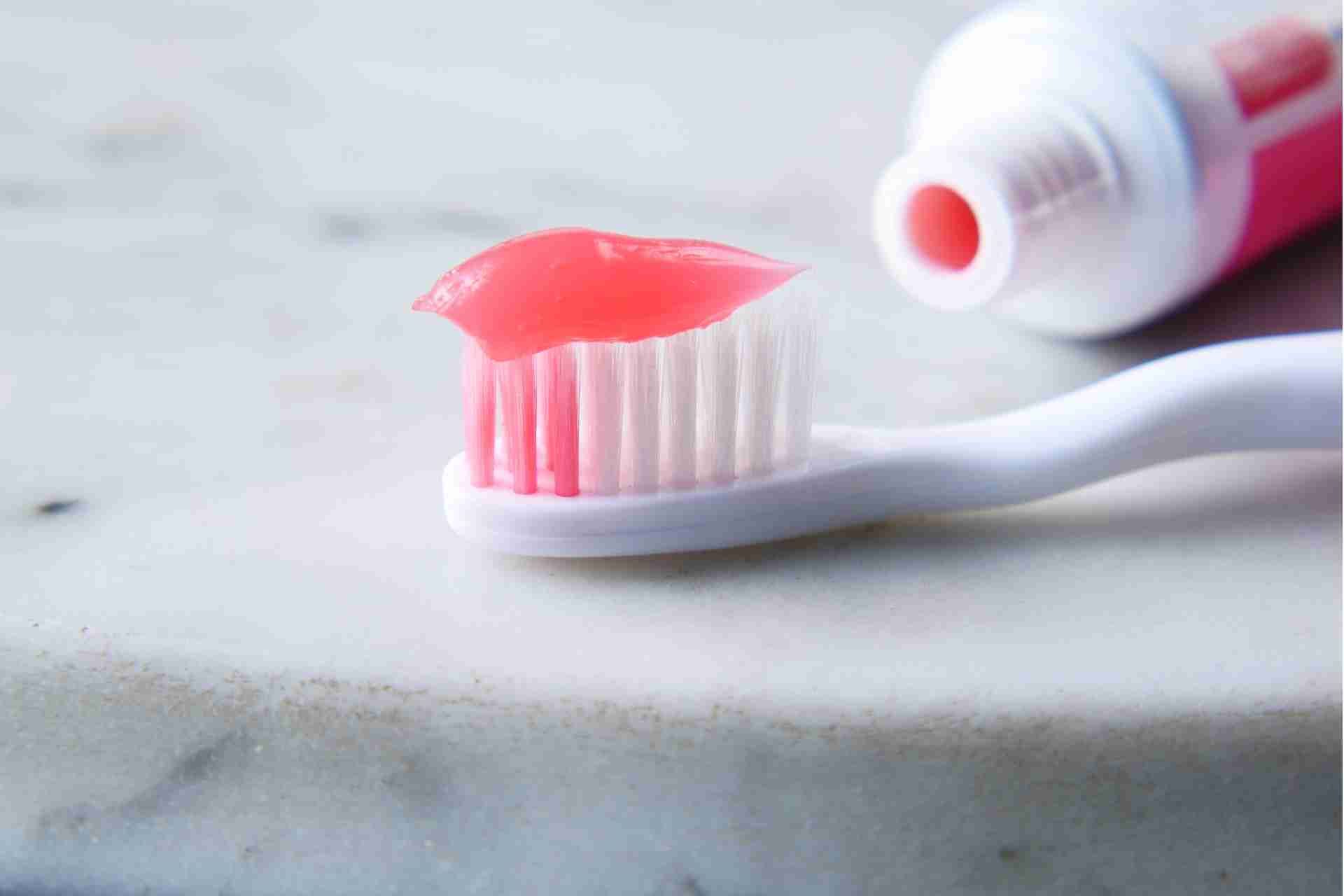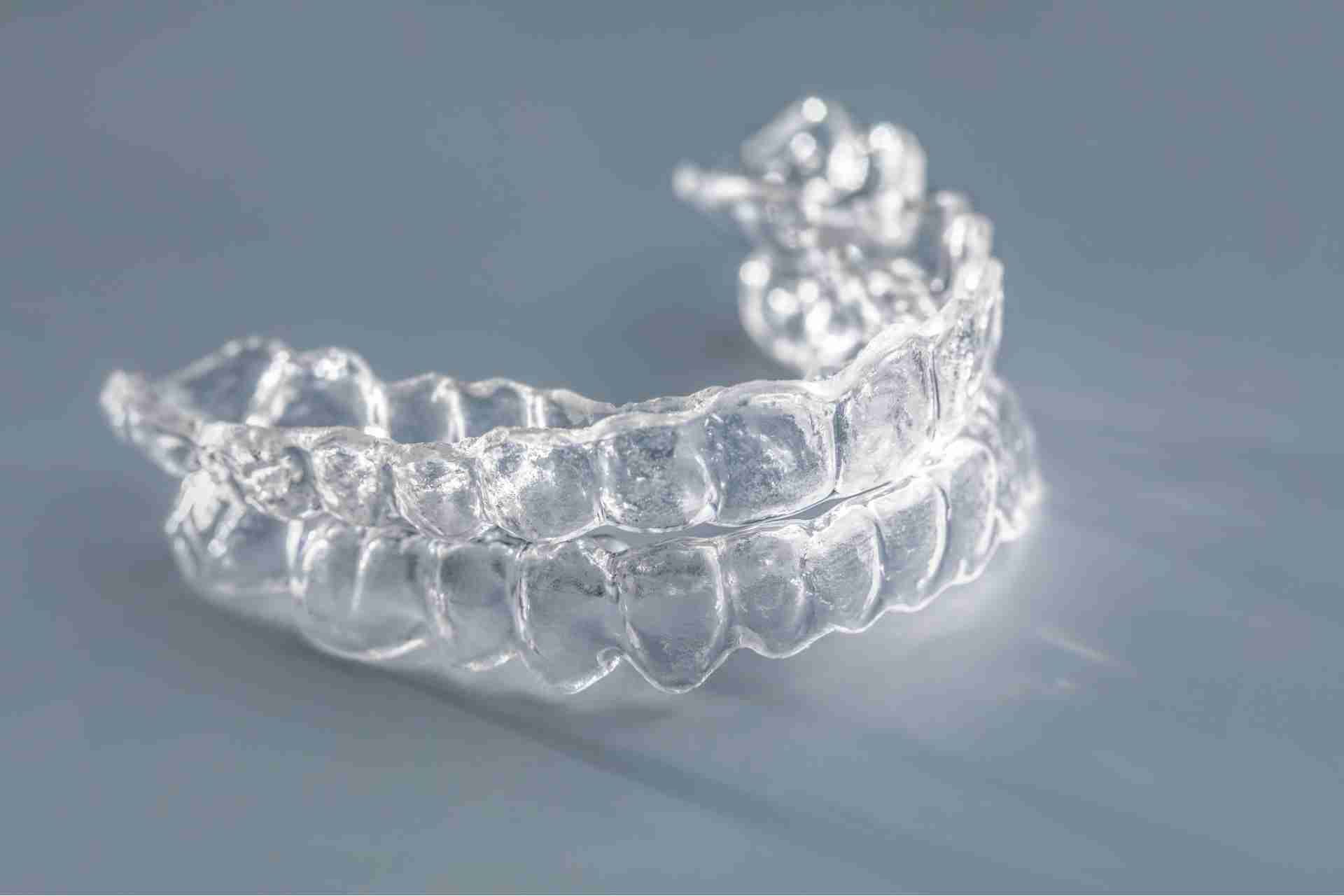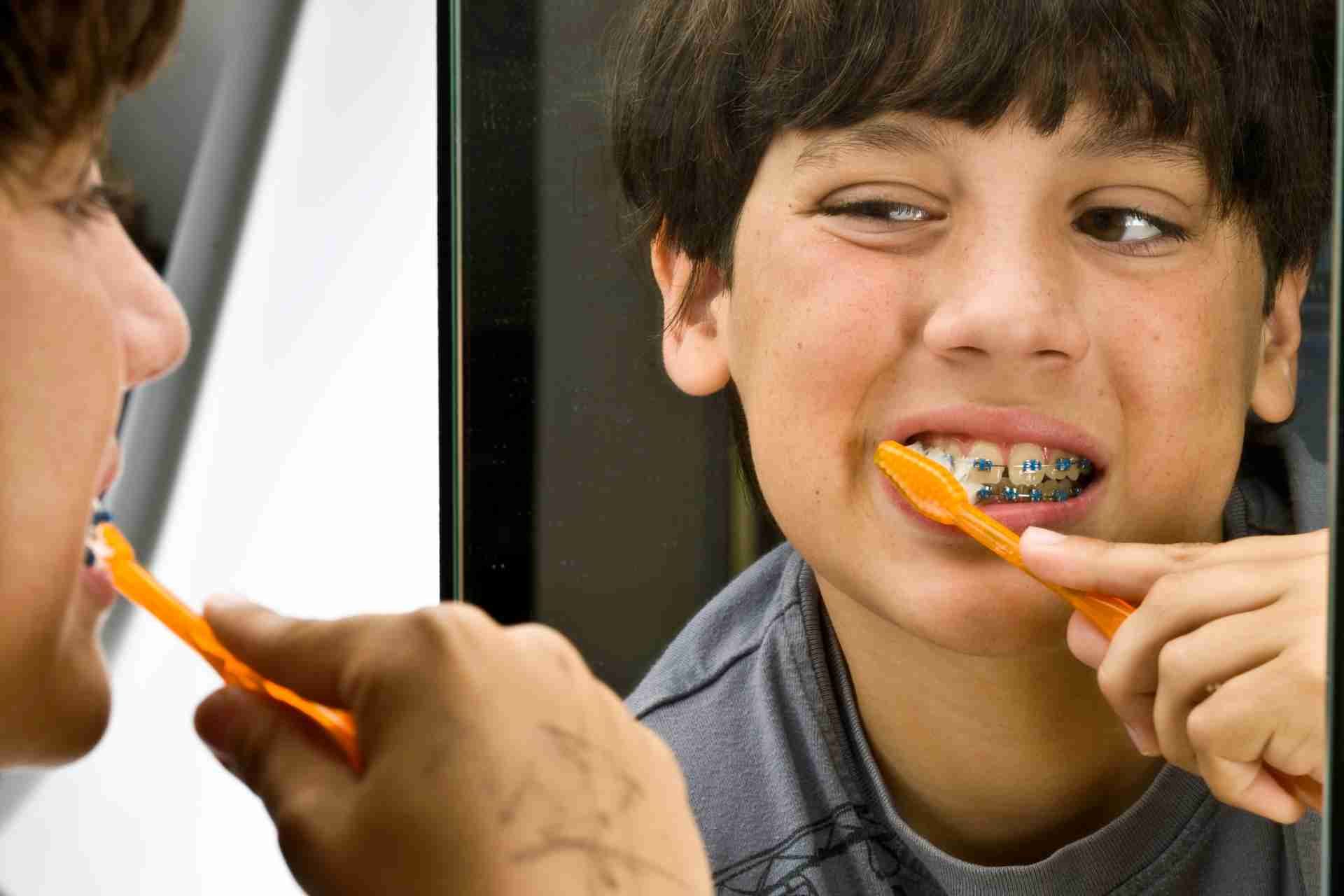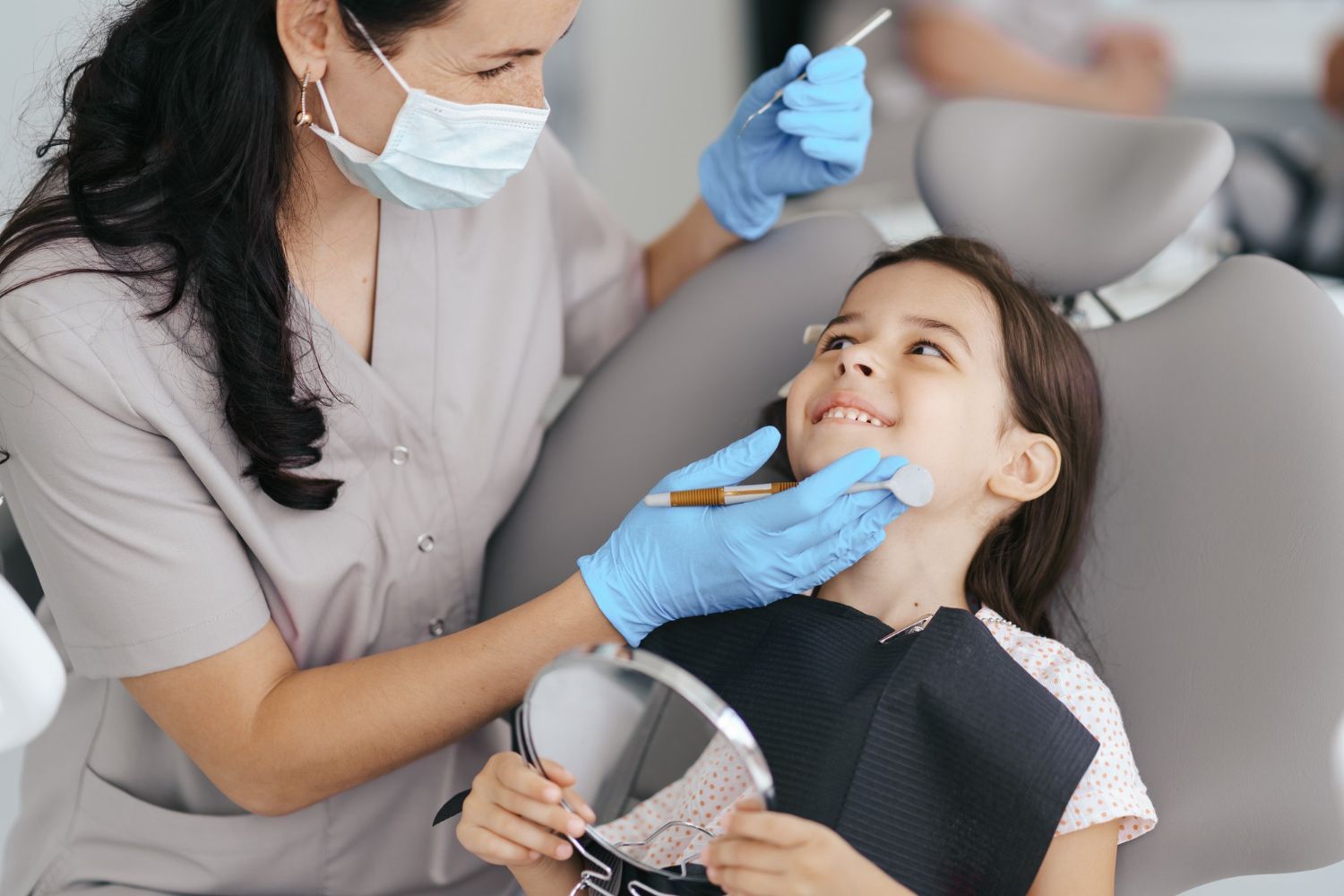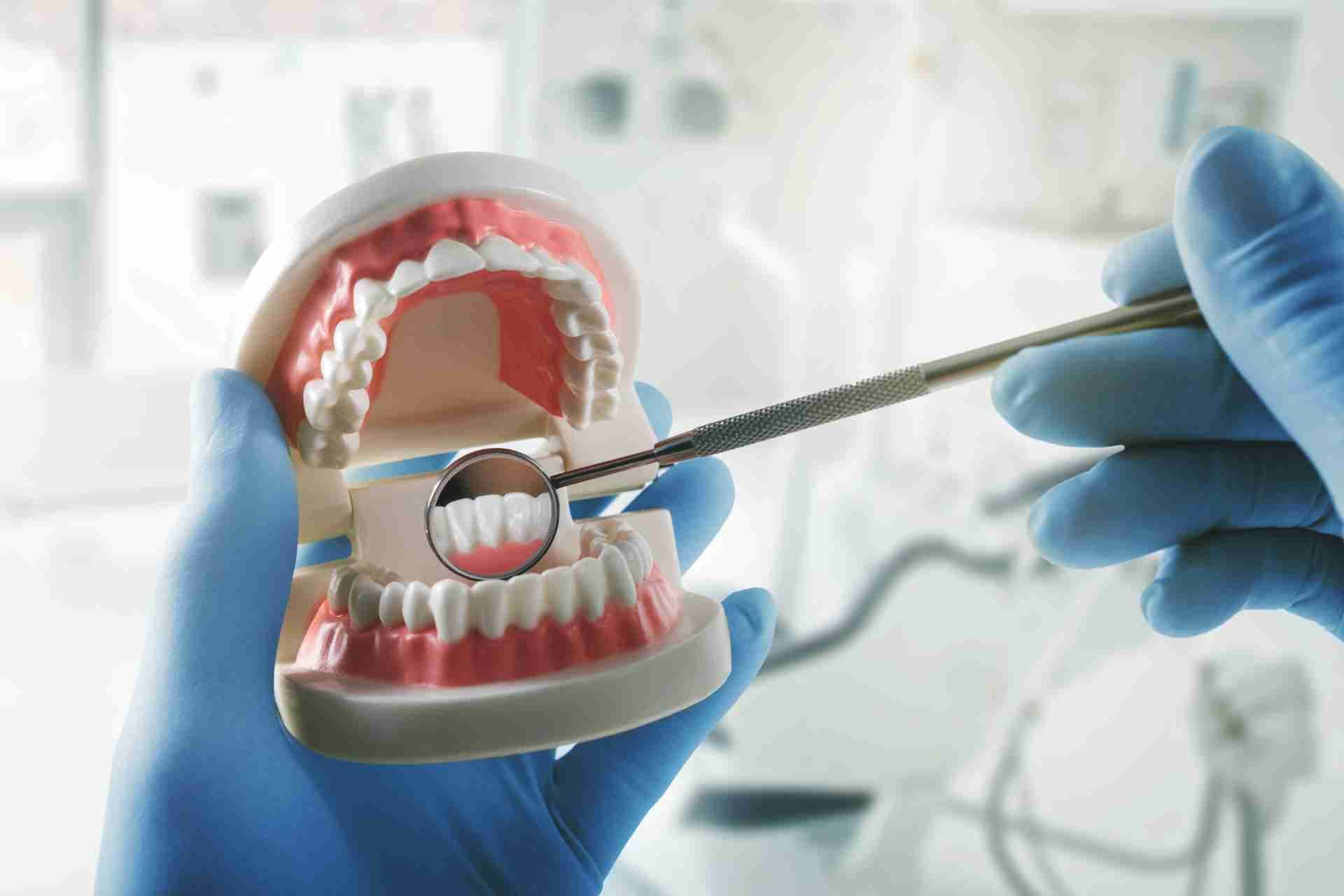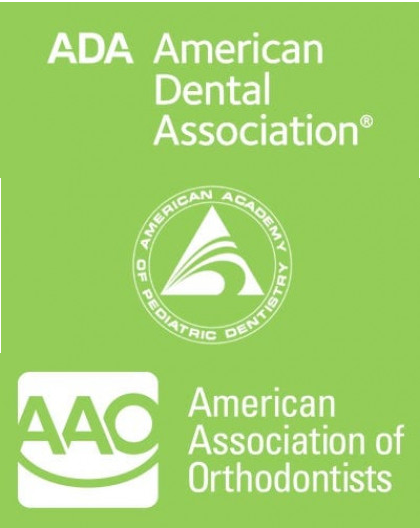How Orthodontic and Pediatric Dentistry Work Together

When it comes to your child's dental health, understanding the collaboration between orthodontics and pediatric dentistry is crucial. Pediatric dentists play a vital role in monitoring your child's teeth development and identifying potential alignment issues. By working together, these specialists can create a tailored approach that addresses any concerns early on. But how exactly do they coordinate their efforts, and what benefits does this partnership bring for your child's long-term oral health?
The Role of Pediatric Dentistry in Early Dental Care
When you think about your child's dental health, pediatric dentistry plays a crucial role in laying the foundation for a lifetime of healthy smiles.
Regular visits to a pediatric dentist help you catch potential issues early, ensuring your child's teeth and gums develop properly. These specialists understand the unique dental needs of children, from teething to the eruption of adult teeth.
They provide preventive care, like cleanings and fluoride treatments, which can significantly reduce the risk of cavities. Additionally, pediatric dentists educate both you and your child about good oral hygiene practices, setting the stage for lifelong dental habits.
Understanding Orthodontics and Its Purpose
Pediatric dentistry lays the groundwork for your child's oral health, but as they grow, orthodontics becomes important for correcting misaligned teeth and jaws.
Orthodontics focuses on diagnosing, preventing, and treating issues related to teeth alignment and bite irregularities. If your child has overcrowded teeth, gaps, or an improper bite, orthodontic treatment can help address these concerns.
Traditional braces and modern options like clear aligners work to shift teeth into their proper positions gradually. By doing so, orthodontics not only enhances your child's smile but also contributes to better oral health.
Proper alignment can reduce the risk of tooth decay, gum disease, and jaw problems. Ultimately, orthodontics plays a crucial role in achieving a healthy, functional bite for your child.
The Importance of Early Intervention
Early intervention in orthodontics can make a significant difference in your child's dental health and overall development. Addressing dental issues at an early age allows for more effective treatment options and can prevent more serious problems down the line.
By the time your child is around 7 years old, a visit to an orthodontist can help identify any misalignments or bite issues. Early detection means that you can manage potential concerns before they become more complicated or costly.
Plus, it can boost your child's self-esteem by ensuring a healthy smile. Consulting with both pediatric dentists and orthodontists ensures your child receives comprehensive care tailored to their unique needs, setting the foundation for a lifetime of good dental health.
Collaborative Treatment Plans for Optimal Outcomes
To achieve the best outcomes for your child's dental health, collaboration between orthodontists and pediatric dentists is essential.
When both specialists work together, they can create personalized treatment plans that address your child's unique needs. This teamwork ensures that any potential issues are identified early and managed effectively.
For instance, if your child needs braces, the orthodontist will coordinate with the pediatric dentist to monitor overall oral health throughout the treatment.
Regular communication allows them to adjust the plan as needed, ensuring your child's comfort and progress.
Encouraging Positive Dental Habits
While good dental habits can start at any age, fostering them early on sets the foundation for a lifetime of healthy smiles.
Encourage your child to brush their teeth twice a day for two minutes each time, making it a fun routine. Use a timer or play their favorite song to keep it engaging.
Flossing should also become a daily practice, teaching them the importance of cleaning between teeth. Limit sugary snacks and drinks, opting for healthier alternatives instead.
Regular dental visits are crucial, so schedule check-ups every six months. Reinforce these habits with positive reinforcement, like praise or small rewards.
The Long-Term Benefits of Combined Care
When orthodontic and pediatric dentistry work hand in hand, the benefits for your child's oral health can be profound and lasting.
By integrating both practices, you'll ensure that your child receives comprehensive care tailored to their unique needs. This collaboration helps identify potential issues early, allowing for timely intervention and reducing the risk of more complex problems later on.
Proper alignment of teeth not only enhances aesthetics but also improves functionality, making it easier for your child to chew and speak.
Additionally, consistent monitoring fosters good dental habits, laying a solid foundation for lifelong oral health.
Ultimately, combined care can save you time, money, and stress, giving your child a brighter, healthier smile for years to come.
Conclusion
In conclusion, the partnership between orthodontics and pediatric dentistry is crucial for your child's oral health. By working together, these specialists ensure early detection and intervention for any alignment issues, fostering a healthy dental foundation. This collaborative approach not only promotes positive dental habits but also boosts your child's confidence and well-being. Embracing this combined care sets the stage for a lifetime of optimal oral health, making it an essential part of your child's dental journey.
